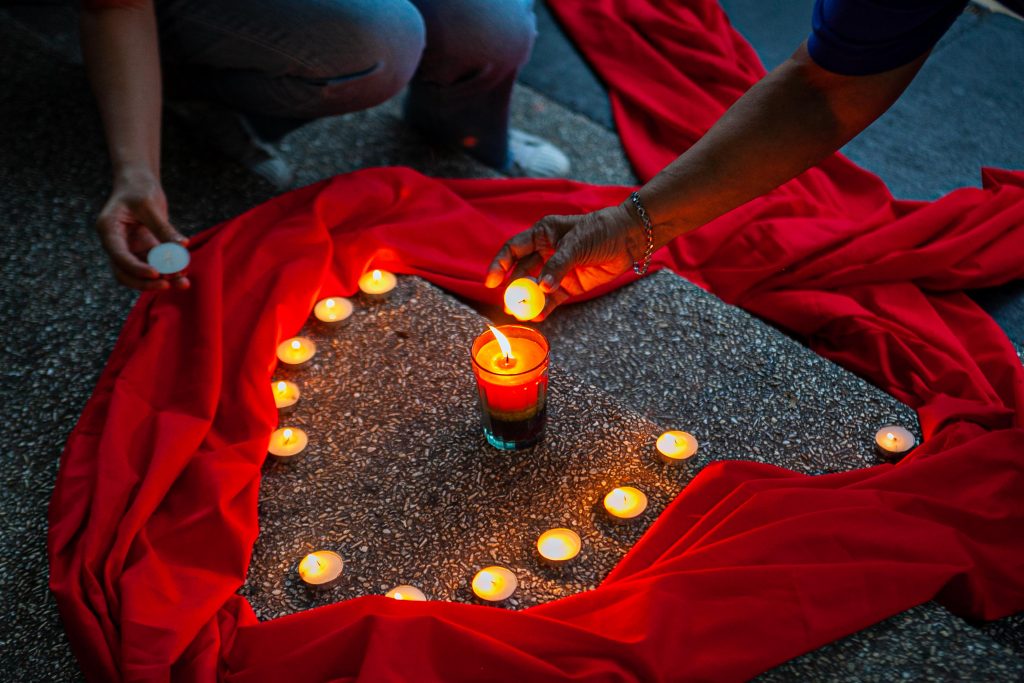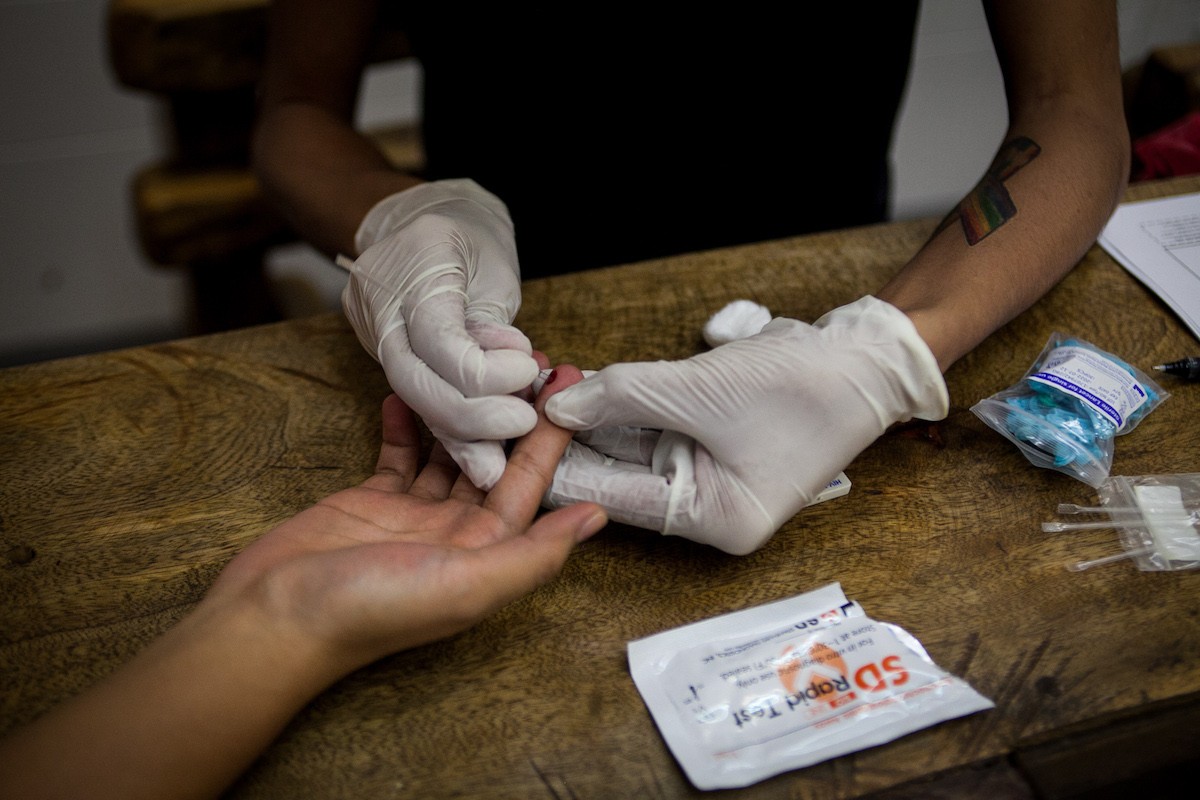New data from UNAIDS on the global HIV response reveal that progress has faltered, resources have shrunk, and millions of lives are at risk as a result.
The new report, “In Danger,” has been launched ahead of the International AIDS Conference in Montreal, Canada. It highlights the human suffering wrought by the AIDS pandemic, especially for marginalized communities across the world.
UNAIDS data indicate that between 2020 and 2021, the world experienced the smallest annual decline in new HIV infections since 2016 of only 3.6 percent. More than 1.5 million people in the world were newly infected with the virus last year, with 260,000 coming from Asia and the Pacific region.
In Asia and the Pacific—the world’s most populous region—UNAIDS data now shows new HIV infections are rising where they had been falling.
Philippines and Malaysia are among countries with rising epidemics, particularly among key populations and key locations.
Young key populations are also being left behind, with over half of the young key populations in the region not receiving comprehensive HIV prevention services.
There is some positive news, such as notable declines in new HIV infections in countries like Vietnam with a 60 percent decline since 2010. Cambodia has also made remarkable progress with a 50 percent decline of new infections since 2010.
The report said Vietnam has made impressive progress in scaling up the coverage of Pre-Exposure Prophylaxis (PrEP), with an increase of 72 percent between 2020 and 2021.
Cambodia’s scale up of PrEP is also notable, with over 3 000 individuals initiating PrEP through March 2022, 30 percent of which are young people aged 15 to 24.
Lessons from these countries set good examples for neighboring countries in earlier stages of making PrEP available as an option for HIV prevention, said a statement from UNAIDS.
Globally, the increase in the number of people receiving HIV treatment last year, 1.5 million, was the smallest since 2009, said the report.
And while four million people living with HIV in the Asia Pacific region have access to antiretroviral treatment, two million people still do not.
In 2021, 140,000 people died of AIDS-related causes in Asia Pacific, despite it being preventable with available treatment.
The UNAIDS report also highlights how discriminatory attitudes towards people living with HIV remain alarmingly common, despite decades of advocacy and education.

No countries in Asia and the Pacific region that reported data to UNAIDS have achieved the 2025 target of less than 10 percent of people living with HIV and at risk of HIV experiencing stigma and discrimination.
UNAIDS data have shown increasing risk of new infections faced by gay men and other men who have sex with men (MSM) globally.
As of 2021, UNAIDS key populations data show MSM have 28 times the risk of acquiring HIV compared to people of the same age and gender identity while people who inject drugs have 35 times the risk, sex workers 30 times the risk, and transgender women 14 times the risk.
Discriminatory and punitive laws are exacerbating the risks of HIV infection for key populations. Reforming such laws and creating policies that protect their rights are important to ensure that key populations, who along with their sexual partners make up 70 percent of new HIV infections globally, are able to access vital health services free of stigma and discrimination.
The trajectory ahead shows the world way off track to reach the global targets.
World leaders had pledged that there would be fewer than 370,000 new HIV infections per year by 2025.
But UNAIDS new report shows that on the current path the number of new infections that year would be over 1.2 million. That would mean not just missing the pledge on new infections, but overshooting it by more than three times. – from a UNAIDS press release







